Golfer’s Elbow
Golfer’s elbow, also medically termed medial epicondylitis, is the condition that causes inflammation to the tendons, which connect the forearm muscles to the elbow. As a result, the Golfer’s elbow causes pain where tendons of the forearm muscles get attached to the bony bumps on the inside of your elbow. The pain can spread from the elbow to the forearm and wrist.
It is similar to tennis elbow as both of them are forms of elbow tendinitis. But tennis elbow causes pain where tendons of the forearm muscles attach to the outside of the elbow. A golfer’s elbow is not very common as a tennis elbow.
Unlike its name, it also affects people who are not golfers. However, a golfer’s elbow is not considered a severe condition. Most of the time, it is controlled by ample rest and minimal clinical treatment.
Table of Contents
Which are the Causes of Golfer’s Elbow?
The Golfer’s elbow is caused by damage to the tendons that control the wrist and fingers. Now this damage can be caused by various reasons:
Excess stress or repeated stress: Putting excessive or repeated pressure on tendons and muscles can lead to Golfer’s elbow.
Activities: Activities such as forceful wrist and finger motions, Improper lifting of heavy objects, throwing or hitting very hard, too little or no warmup, or poor conditioning of the arm can also lead to the development of the condition.
Overuse: Golfer’s elbow is caused by overusing the muscles in the forearm. These are the muscles that let you grip objects, rotate your arm, flex your wrist. If you are repeatedly gripping, rotating, or flexing, you can develop a golfer’s elbow.
Sports with racket: If you are including improper techniques while playing racket sports such as backhand, excessive topspin in tennis can lead you to develop the condition. Your racket should be correct, not too light or too heavy.
Throwing sports: Some sports need you to pitch a ball, but improper pitching in sports such as archery, baseball, football, javelin throw, and softball can also develop a Golfer’s elbow. Sometimes, it is called a pitcher’s elbow.
Repetitive movements: Golfer’s elbow can be caused by forceful, repeating motions. You are at risk if you are a carpenter, painter, plumber, or work in construction.
Weight training: If you are using improper techniques in weight lifting, you can overload the muscles and tendons.
Golfer’s elbow will occur if the same activity is being done for more than an hour regularly for many days.
Symptoms
- Pain: The most common symptom of Golfer’s elbow is pain. Pain is usually felt inside the inner side of the elbow and reaches the inside of the forearm. You will feel the pain on the same side as the little finger. Sometimes, the pain extends from the inside of the elbow to the inside of the wrist.
You may feel the pain while bending the wrist towards the palm or while squeezing the ball.
- Tenderness: You may sometimes feel tenderness in the affected area.
- Stiffness: Your elbow will be stiff and might make your fist hurt.
- Weakness: Your hands and wrists may lose their strength
- Numbness: This is not a common symptom, but you might feel numbness in one or more fingers. Usually, people think that their little and ring fingers are numb.
Some symptoms are infrequent but need immediate care. If you have the following symptoms, we advice you to consult your doctor at once:
- Your elbow is hot and swelling, and you have a high fever
- Bending elbow seems impossible
- You suspect that the elbow’s bone is broken.
- Your elbow looks deformed.
Risk factors
Some risk factors that can elevate your chances of developing Golfer’s elbow:
If you are repeating the same activities for more than two hours a day.
If your age is 40 or above.
Obesity: Obesity that is responsible for many diseases can lead you into Golfer’s elbow condition.
Smoking: It may come as a shock, but smoking may cause Golfer’s elbow.
Diagnosis
Usually, Doctor asks about your medical history first. Your Doctor may be asking you questions like when you feel the pain, the intensity of the pain, and where you feel the pain, does your pain moves from elbow to wrist.
Your Doctor will take your physical test. For example, the Doctor might apply pressure to the affected area or ask you to move your elbow to evaluate pain and stiffness. Your doctor can also ask you to move your wrist and fingers in various ways.
Medical history and the physical test are pretty much it to diagnose Golfer’s elbow. But your doctor may suggest imaging tests like X-ray and MRI to rule out other conditions.
X-ray: X-ray is done to show dense structures like bones. X-ray is done to rule out fracture or arthritis, which can also cause elbow pain.
If your Doctor is not satisfied with the X-ray, they would want to take your MRI scan.
Magnetic Resonance Imaging (MRI): MRI provides more details than X-ray. MRI can create better and detailed images of soft tissues. They can do a better examination and reveal other elbow pain issues.
Treatment
If you are in pain for a long time and all the above symptoms are frequent, you should consider treating the condition.
Ice: Applying ice on the affected area can reduce inflammation. You can apply ice to your elbow for 15-20 minutes at a time, three to four times a day for several days. Take some ice cubes or a small slab of ice, wrap it into a cloth, and put it on the affected area. However, direct contact of ice to your skin can be too much cold and dangerous for skin.
Rest: You can hold your games and other activities till the pain is gone. Stop doing activities that are causing pain for some time, and it can also cure the condition. Do not worsen your state by going back too early to the activities.
Brace: You can wear a brace over the affected area. Wearing a brace can reduce tendon and muscle strain.
Stretching and Strengthening: Stretch and strengthen your affected area. Your doctor can also recommend physiotherapy for you or suggest some light stretching and strengthening exercises. Exercises are very effective in Golfer’s elbow condition.
Medication: Analgesic (NSAIDs) pain relievers can relieve your pain for a short duration. You can take pain killers like ibuprofen (Advil, Motrin IB ), naproxen sodium (Aleve), or acetaminophen (Tylenol).
Platelet-rich plasma: This includes taking a small amount of your blood and injecting a concentrated amount of platelets and other anti-inflammatory factors into the affected area. But there is still more research needed for this treatment.
Surgery: Surgery is very rare. But sometimes, when a patient does not respond to traditional treatment for 6 to 12 months, doctors recommend surgery.
You can get back on track after treatment.
Physiotherapy Treatment :
Physiotherapy treatment goals are to Relieve Pain, Strengthen weak muscles, stretches of tight muscles.
Pain Relieving modalities eg. Ultrasound Therapy, TENS, IFT (Interferential Therapy).
Exercises for Golfer’s Elbow
Exercises can cure or prevent a golfer’s elbow. You can start doing the following exercises daily to get relief from the pain. Exercises may cause aches, discomfort at the start, but it will be fine after some time.
If the pain or other symptoms worsen after doing exercises, stop doing them immediately, and if the condition deteriorates, consult your Doctor.
Resisted wrist extension
Hold a weight with your affected arm while being in the seating position.
- Put your forearm on a table or the arm of a chair, and your hand should be hanging over the edge while your palm is facing down.
- Slowly lower your hand down and raise it back to the original position.
- You can do 1–3 sets of 15 reps.
Resisted wrist flexion
It is similar to resisted wrist extension. You have to hold a weight with your affected arm while being in the seating position.
- Put your forearm on a table or the arm of a chair, and your hand should be hanging over the edge while your palm is facing up.
- Slowly lower your hand down and raise it back to the original position.
- You can do 1–3 sets of 15 reps.
Golfer’s elbow stretch
You can feel this stretch in the underside of your forearm.
- Extend the affected arm in front with fingers and palm facing up.
- By using your opposite hand, pull your fingers and wrist down towards your body gently.
- Try to hold this stretch for 30 seconds.
- You should do it in 2–5 reps.
Isometric wrist strengthening (extension)
You have to keep your body still throughout this exercise.
- Sit down and put your affected arm on a table or the arm of a chair with your palm facing down.
- Place your opposite hand on the back of your affected hand.
- Pull your affected hand up, and by opposite hand, try to push it down to create resistance.
- You have to continue for 10 seconds, slowly increase the force.
- Release it gently.
- Do 15 reps each time.
Isometric wrist strengthening (flexion)
You have to keep your body still throughout this exercise.
Golfer’s elbow, also medically termed medial epicondylitis, is the condition that causes inflammation to the tendons, which connect the forearm muscles to the elbow. As a result, the Golfer’s elbow causes pain where tendons of the forearm muscles get attached to the bony bumps on the inside of your elbow. The pain can spread from the elbow to the forearm and wrist.
It is similar to tennis elbow as both of them are forms of elbow tendinitis. But tennis elbow causes pain where tendons of the forearm muscles attach to the outside of the elbow. A golfer’s elbow is not very common as a tennis elbow.
Unlike its name, it also affects people who are not golfers. However, a golfer’s elbow is not considered a severe condition. Most of the time, it is controlled by ample rest and minimal clinical treatment.
How to Prevent Golfer’s Elbow ?
Mostly Golfer’s elbow can be cured with proper treatment, following tips are helpful.
Proper rest: Golfer’s elbow is primarily caused by overuse. It would be best if you start taking the required rest. Stop at the first sign of elbow pain.
Lift Carefully: When lifting any object, lightweight or heavyweight, make sure to keep your wrist rigid and stable. This will reduce the force on your elbow.
Proper equipment: If your work or sports require you to move your arms repeatedly, you should choose the right equipment for yourself. If you play tennis, your racket should be the right fit for you. A racket that has a small grip or a heavy head may cause elbow pain.
Stretching: If you are an athlete, you should walk or jog for a few minutes to warm up your muscles. After that, you should do gentle stretches before starting your game. Also, if you are not an athlete, little stretching will always be beneficial.
Fix form: Irrespective of your sports, ask your instructor to check your state to avoid overload on muscles.
Forearm muscles strengthening: You can use light weights or try squeezing a tennis ball. Simple strengthening exercises can be beneficial. In addition, you can do some strengthening exercises to absorb the energy of sudden physical stress.

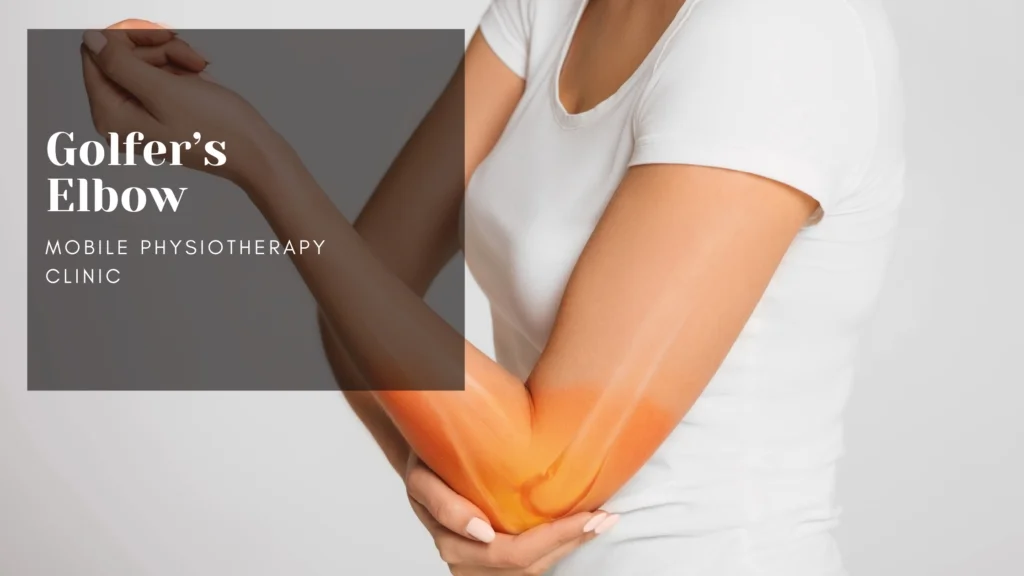

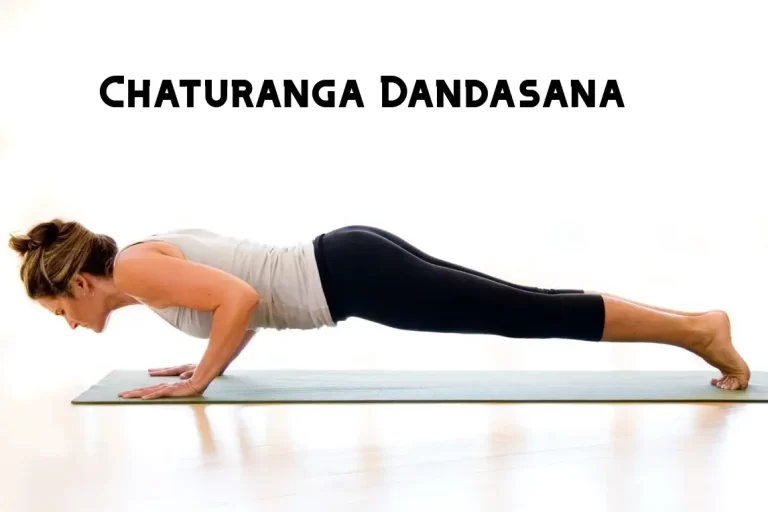
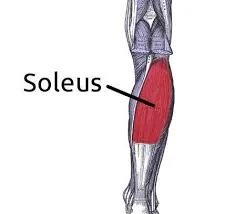

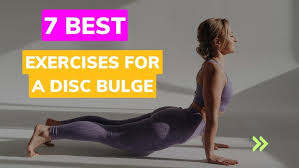
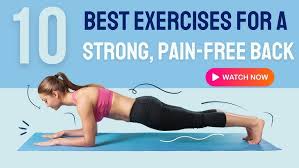
2 Comments